Lower Klamath National Wildlife Refuge
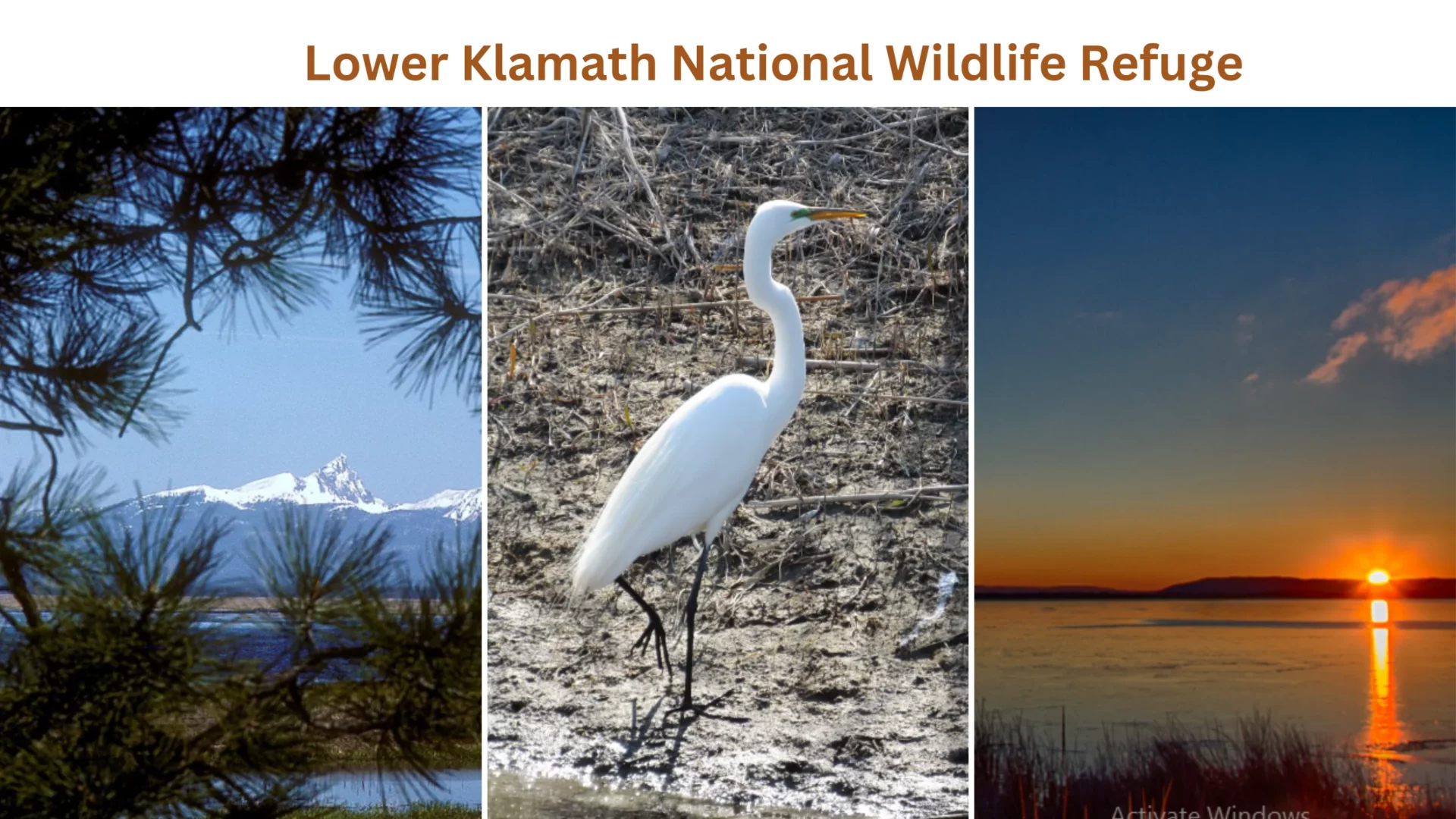
Lower Klamath National Wildlife Refuge is a protected area in California, USA. It is known for its diverse wetland habitats that provide crucial habitat for waterfowl and other wildlife species.
President Theodore Roosevelt created the first U.S. waterfowl Situated in rural northeastern California and southern Oregon, the Lower Klamath National Wildlife Refuge was established in 1908. Mount Shasta, which towers over the refuge from the southwest at over 14,000 feet, is recognized as both a National Natural Landmark and a National Historic Landmark, both of which are listed on the National Register of Historic Places.
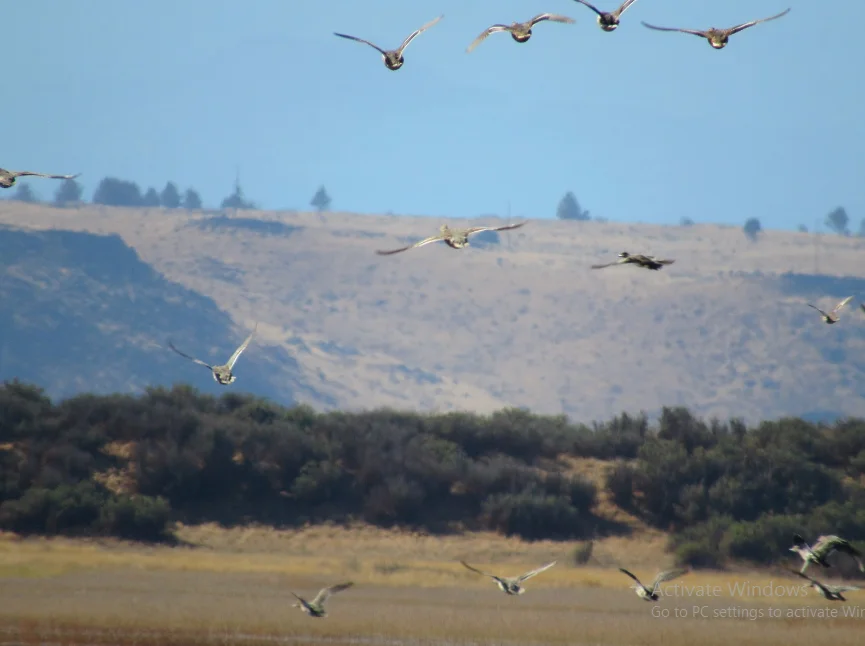
Twenty to thirty per cent of the central Valley’s sandhill crane population uses the refuge as a fall staging ground. During the spring migration, refuge wetlands are used by 20,000 to 100,000 shorebirds. 500 Bald Eagles and 30,000 Tundra Swans spend the winter here. White-faced ibis, herons, egrets, cormorants, grebe, white pelican, and gulls are a few of the colonial water birds that lay their eggs in the spring and summer.
Wildlife Viewing At Lower Klamath National Wildlife Refuge
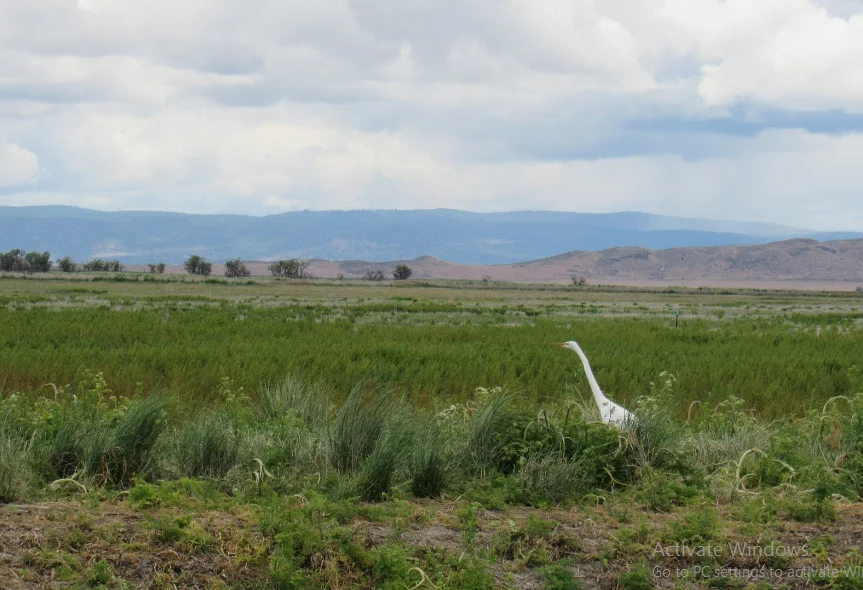
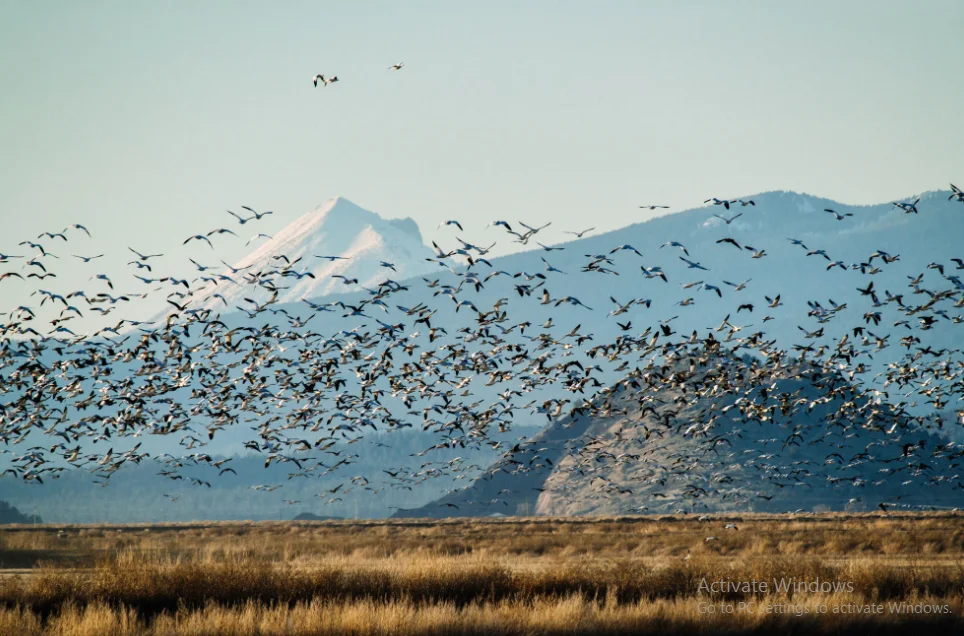
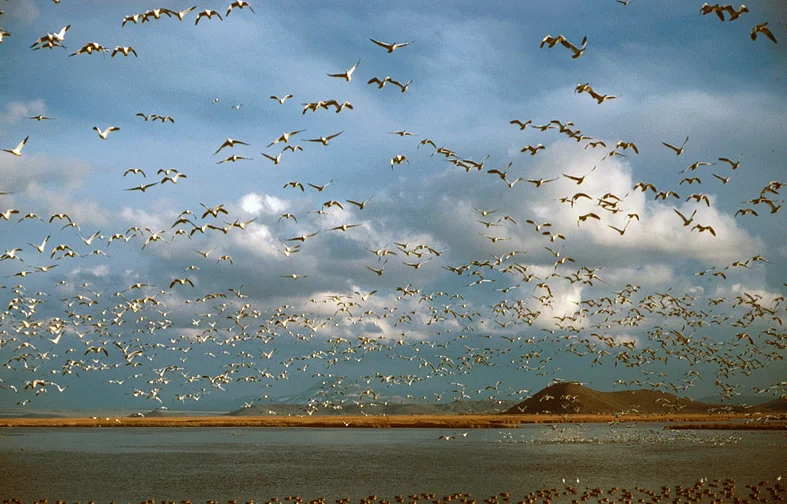
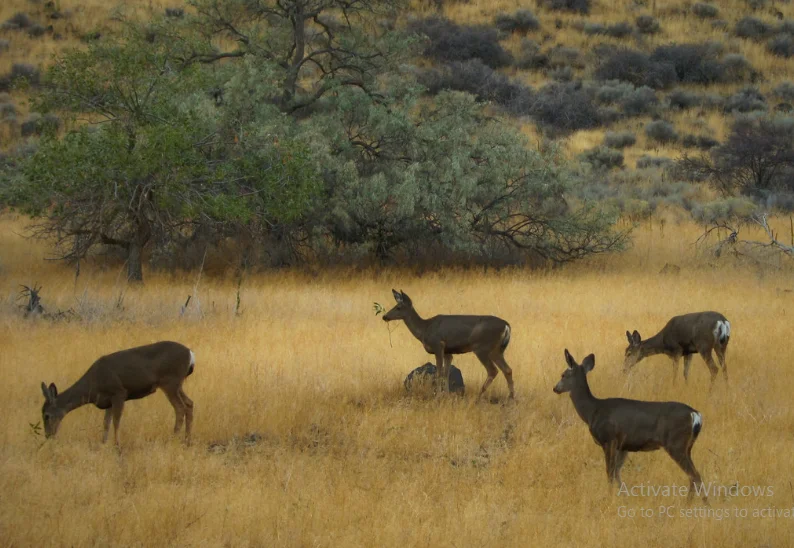
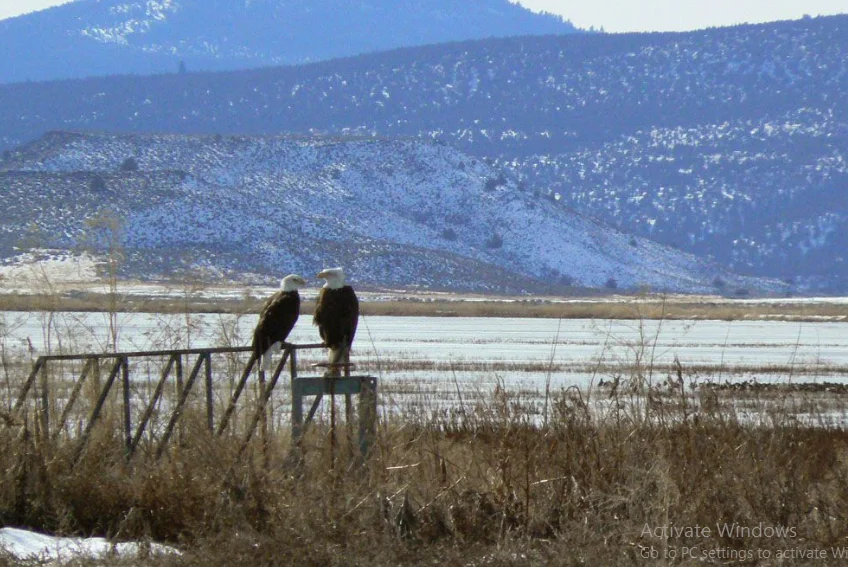
The Tule Lake National Monument is next to two sizable animal sanctuaries. The Lower Klamath National Wildlife Refuge, home to waterfowl and other wildlife may be found west of the monument. Photographers can use the vehicle tour route and photo blinds in the preserve to capture stunning images of the abundant avian life.
Wetlands, marshes, dry uplands with sagebrush, treed woods, farming, and open water are just a few of the ecosystems that make this region home to a wide diversity of bird species, mammal species, reptiles, and amphibians.
Hiking at Lower Klamath National Wildlife Refuge
Hikers can choose from several trails at California’s Lower Klamath National Wildlife Refuge. The refuge features picturesque pathways that highlight the area’s natural beauty, which is the result of the refuge’s many habitats.
Hikers can enjoy beautiful views, see wildlife in their native settings, and explore the refuge’s different ecosystems. The refuge has well-maintained trails for walkers and hikers of all skill levels. Hiking around Lower Klamath National Wildlife Refuge is a terrific way to explore its diverse ecology.
Hunting at Lower Klamath National Wildlife Refuge
Hunters will appreciate opportunities afforded by the Lower Klamath National Wildlife Refuge, but only during designated times and in designated places. Ducks, geese, and coots are just some of the waterfowl that can be hunted in the refuge.
State and federal laws require that hunters have the proper licenses, permits, and stamps. Many different species of waterfowl stop by the refuge during their annual migration, making it a popular hunting spot. Lower Klamath National Wildlife Refuge hunters must follow all restrictions, stay inside specified areas, and act ethically.
Downhill Skiing at Lower Klamath National Wildlife Refuge
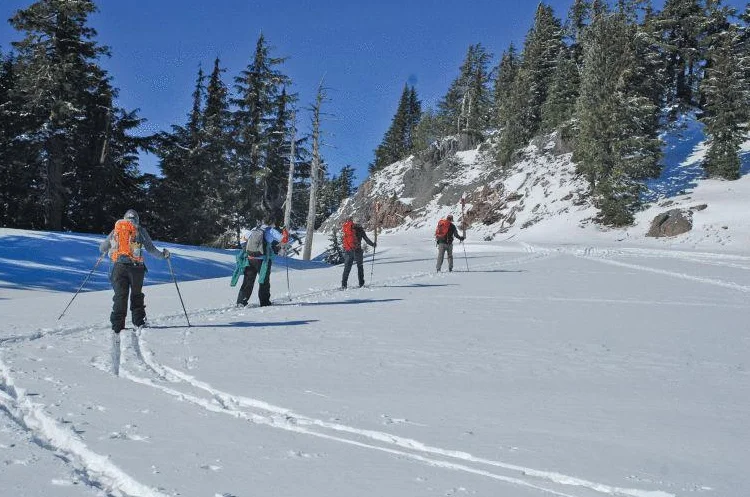
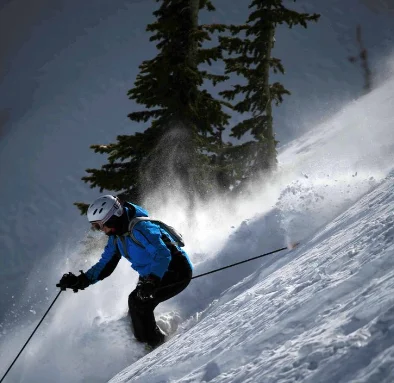
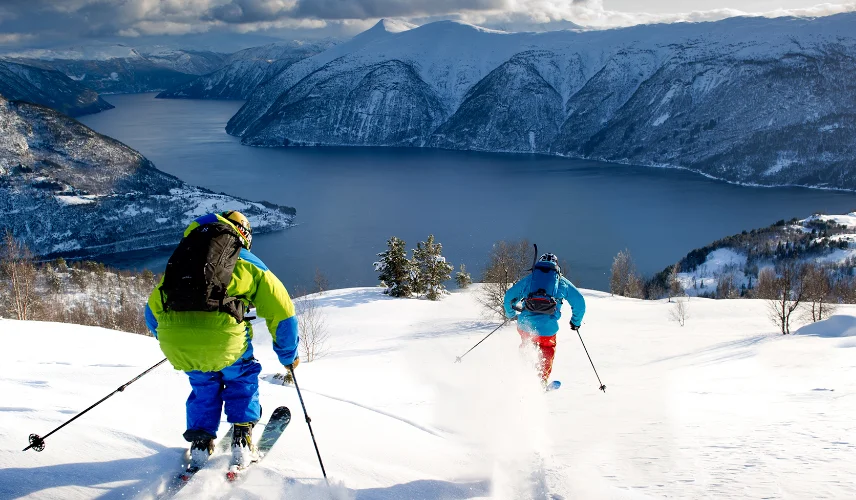
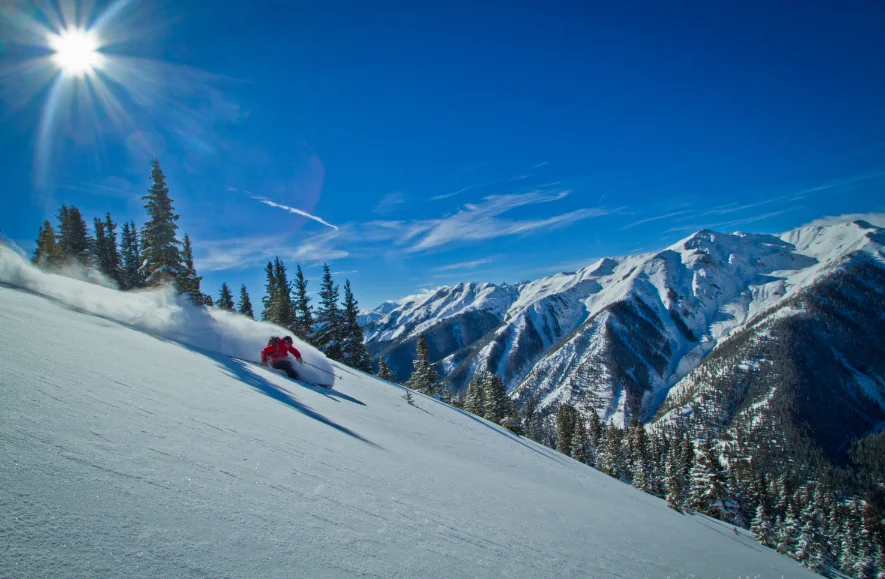
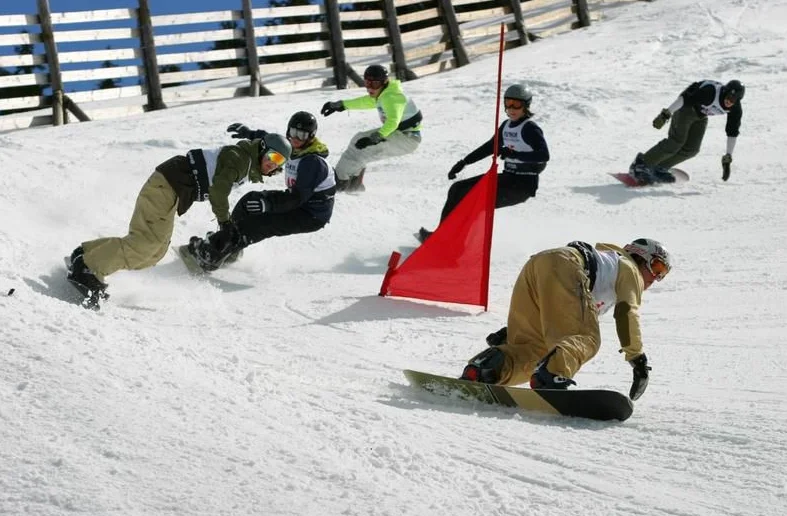
The Lower Klamath National Wildlife Refuge does not offer any opportunities for downhill skiing. The primary goals of the refuge are the preservation of wildlife and their habitats and downhill skiing conflicts with these aims. However, tourists can still participate in other outdoor pursuits, including hiking, birdwatching, wildlife photography, and exploring the natural environment.
The refuge’s beautiful scenery and various ecosystems offer visitors many chances to feel at one with nature. The delicate habitats and continued existence of the wildlife species that call Lower Klamath National Wildlife Refuge home depend on visitors’ adherence to the refuge’s rules and regulations.
Address: Dorris, CA 96023, United States
Open: 24 hours
Phone Number: +1 530-667-2231
Established: 1908
Area: 113.3 km²
Added to NRHP: October 15, 1966
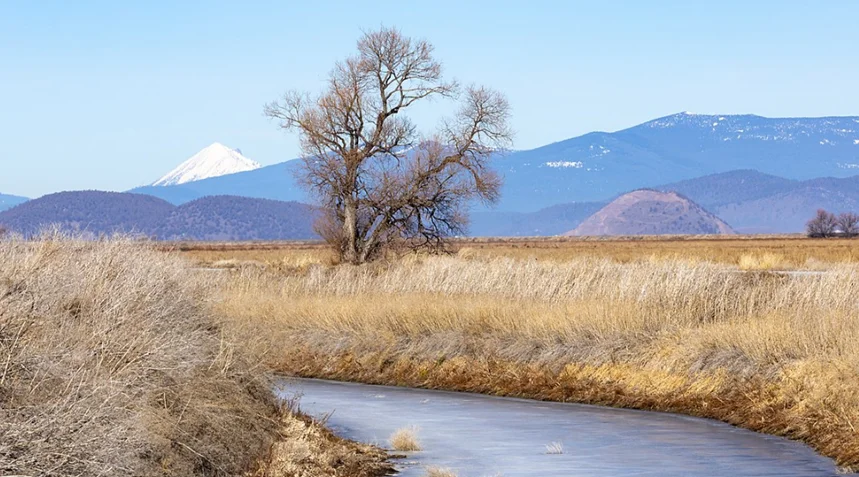

You must be logged in to post a comment.